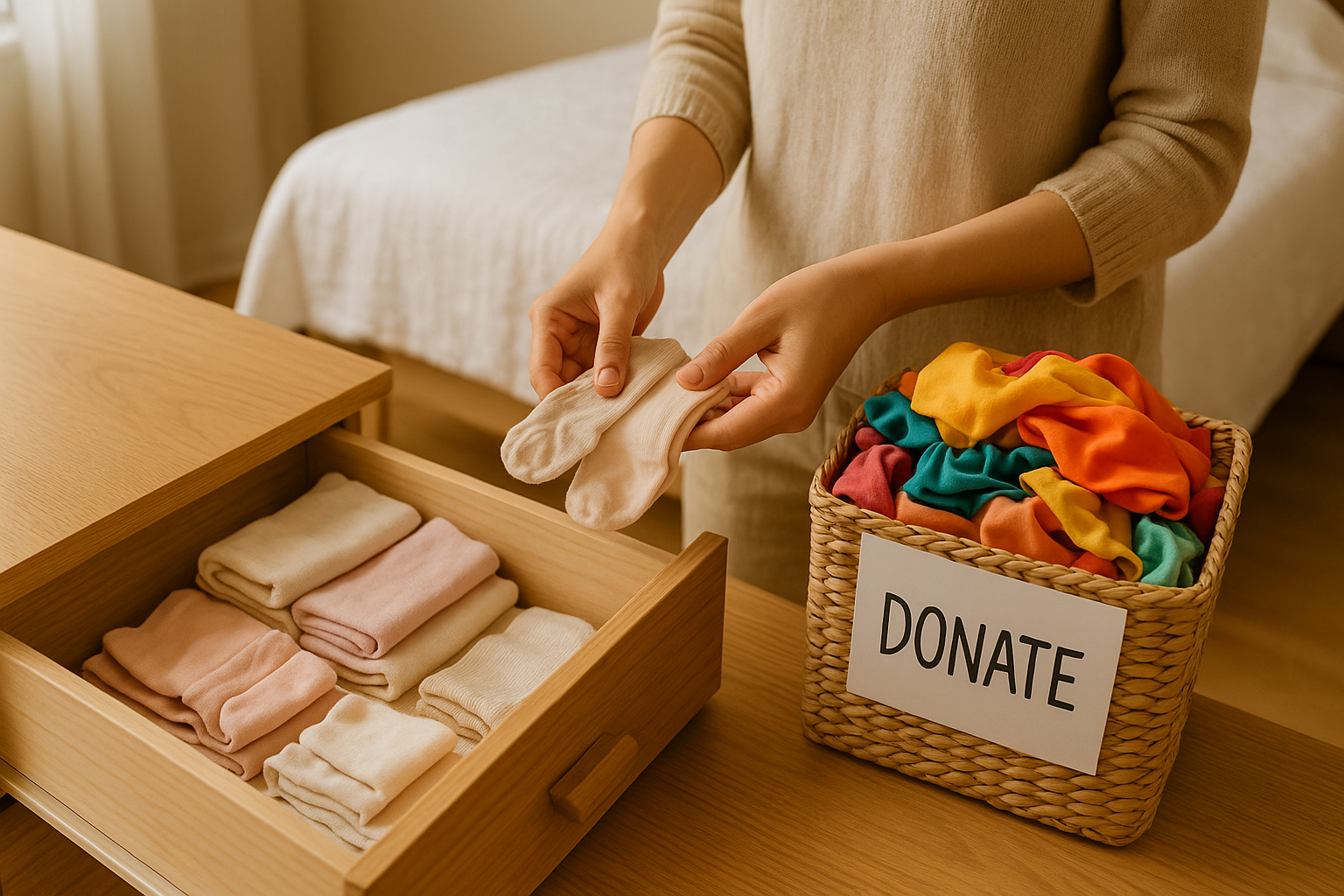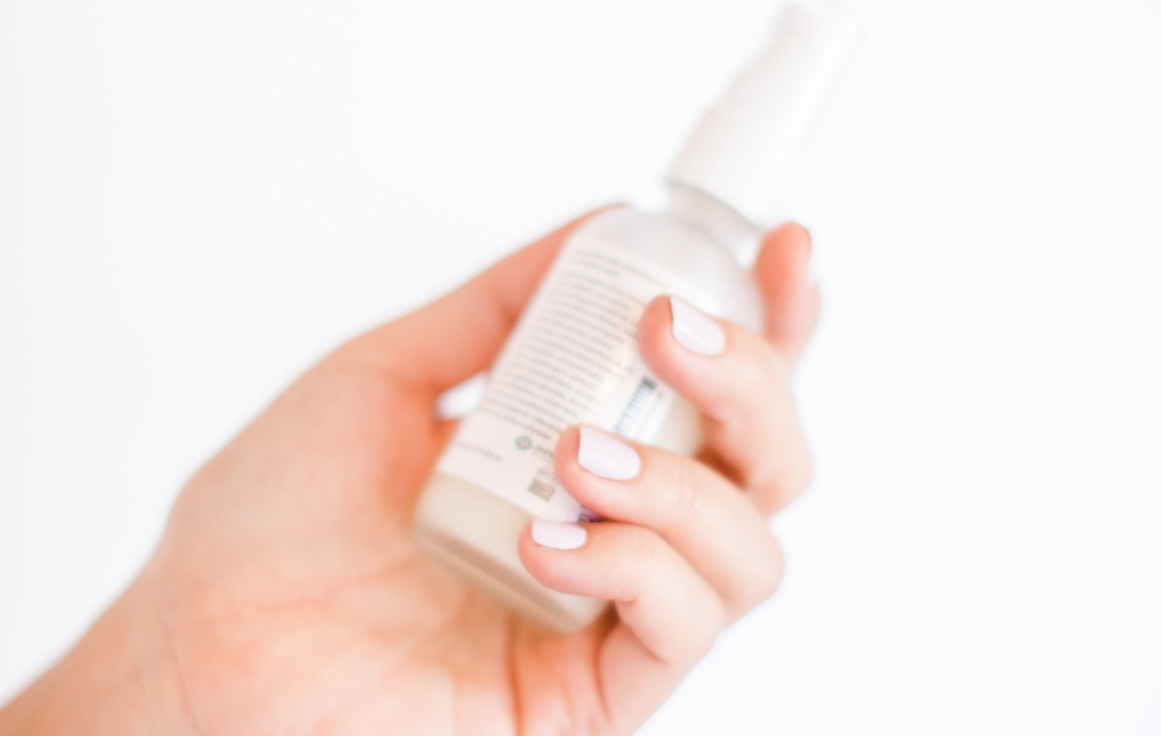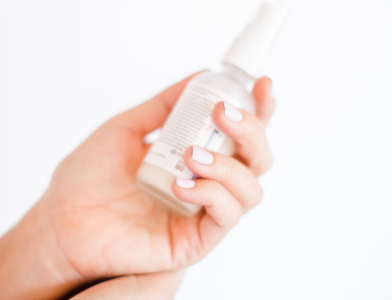Many parents worry about pesticides in food or chemicals in skincare. But have you ever stopped to think about the clothes your kids wear every day? Socks and underwear, in particular, spend hours pressed against some of the most sensitive skin on the body. Could your family’s basics be a hidden source of toxins?
Why Everyday Basics Can Be a Hidden Health Risk
We often trust big brands with our families’ essentials. But recent studies show that many popular brands use chemicals linked to hormone disruption, cancer, infertility, and even early puberty. These aren’t rare or fringe issues and they happen in common items found in stores everywhere.
- Socks and underwear touch permeable skin, making chemical absorption more likely.
- Hormone-disrupting chemicals like BPA, PAS, and formaldehyde have all been detected in these garments.
Synthetics, Dyes, and Hidden Coatings: What to Avoid
Synthetic fabrics including polyester, nylon, acrylic, spandex, and elastane are the biggest red flag. These fibers don’t just trap heat and moisture; they can also shed microplastics and are often treated with chemicals like BPA, antimicrobials, and flame retardants. Research shows increased irritation and even higher rates of infections among people wearing synthetic underwear.
- Synthetics release up to 700,000 microfibers in every wash.
- Many are blended with hormone disruptors for performance.
Bright, vibrant colors may signal the use of toxic azo dyes. These dyes are common in kids’ bold clothing and have been linked to skin allergies and, with long-term exposure, increased cancer risk. The more contact with your skin, the more chance for these chemicals to be absorbed.
Wrinkle-free and anti-shrink claims often mean clothing is finished with resins containing formaldehyde, a known carcinogen that off-gasses over time, even after washing.
Read Labels and Spot Safer Options
It can be overwhelming to decode clothing labels. Some helpful certifications include:
- GOTS (Global Organic Textile Standard): Verifies organic cotton and safe dyes.
- OCS (Organic Cotton Standard): Ensures organic cotton from farm to finished product.
- OEKO-TEX: Tests for hundreds of harmful chemicals (though synthetics can still carry this label).
Brands that disclose materials and avoid vague claims are safer choices. A label like “95% organic cotton, GOTS certified” is a better sign than marketing terms like “natural” or “eco-friendly” with no certifications.
Actionable Swaps for Safer Wardrobes
You don’t need to overhaul your closet overnight. Focus on the highest-contact, highest-risk items first.
- Start with underwear. These sit directly against reproductive organs and are worn all day, every day. Research shows that synthetic underwear traps moisture and increases the risk of bacterial vaginosis.
- Next, swap out socks. Look for high-cotton blends, even if not organic, anything with more cotton and fewer synthetics is likely safer and more breathable.
When shopping for kids, avoid cartoon-branded, colorful synthetics. Instead, look for pastel or white, organic certified underwear and socks. Brands like Mighty, Burt’s & Bees, and Quince offer quality basics with lower toxin risks.
Small Steps Make a Big Difference
Don’t panic and purge everything. Take a phased approach—underwear first, then socks, then bras. Prioritize safer fabrics and trustworthy labels. Each small swap helps build your family’s resilience and lowers cumulative exposure to everyday toxins.
Remember, the basics in your dresser could be your biggest opportunity to reduce hidden toxic exposures and invest in your family’s long-term health.
Dr. Yvonne’s Favorite Low Tox Socks and Underwear
Links provided on this page are affiliate links, which means if you click on it and make a purchase I may earn commission. The commission comes at no cost to you and allows me to continue my research. Note- I only recommend products that I personally use and/or trust. I will always disclose whether a link is an affiliate link, and never recommend products solely for the purpose of commission.
References
- CEH Finds 100+ Sock Brands with High Levels of BPA. Center for Environmental Health. https://ceh.org/ceh-finds-100-sock-brands-with-high-levels-of-bpa/
- Wang S, Lang H, Cheng J, Ma J, Wang J, Tang Z. Bisphenol compounds in female underwear manufactured in China and their potential risks to women’s health. J Hazard Mater. 2025 Jul 5;491:137934. doi: 10.1016/j.jhazmat.2025.137934. Epub 2025 Mar 14. PMID: 40101634.
- Biedermann S, Tschudin P, Grob K. Transfer of bisphenol A from thermal printer paper to the skin. Anal Bioanal Chem. 2010 Sep;398(1):571-6. doi: 10.1007/s00216-010-3936-9. Epub 2010 Jul 11. PMID: 20623271.
- We Had 44 Period and Incontinence Products Tested for Forever Chemicals. Many Were Contaminated. New York Times Wirecutter. https://www.nytimes.com/wirecutter/blog/forever-chemicals-in-period-incontinence-products/
- Per- and Polyfluoroalkyl Substances in Reusable Feminine Hygiene Products. Environ. Sci. Technol. Lett. 2025, 12, 8, 924–929. https://doi.org/10.1021/acs.estlett.5c00553
- Chen H, Cheng J, Li Y, Li Y, Wang J, Tang Z. Occurrence and potential release of heavy metals in female underwear manufactured in China: Implication for women’s health. Chemosphere. 2023 Nov;342:140165. doi: 10.1016/j.chemosphere.2023.140165. Epub 2023 Sep 12. PMID: 37709063.
- Klebanoff MA, Nansel TR, Brotman RM, Zhang J, Yu KF, Schwebke JR, Andrews WW. Personal hygienic behaviors and bacterial vaginosis. Sex Transm Dis. 2010 Feb;37(2):94-9. doi: 10.1097/OLQ.0b013e3181bc063c. PMID: 19823112; PMCID: PMC2811217.



